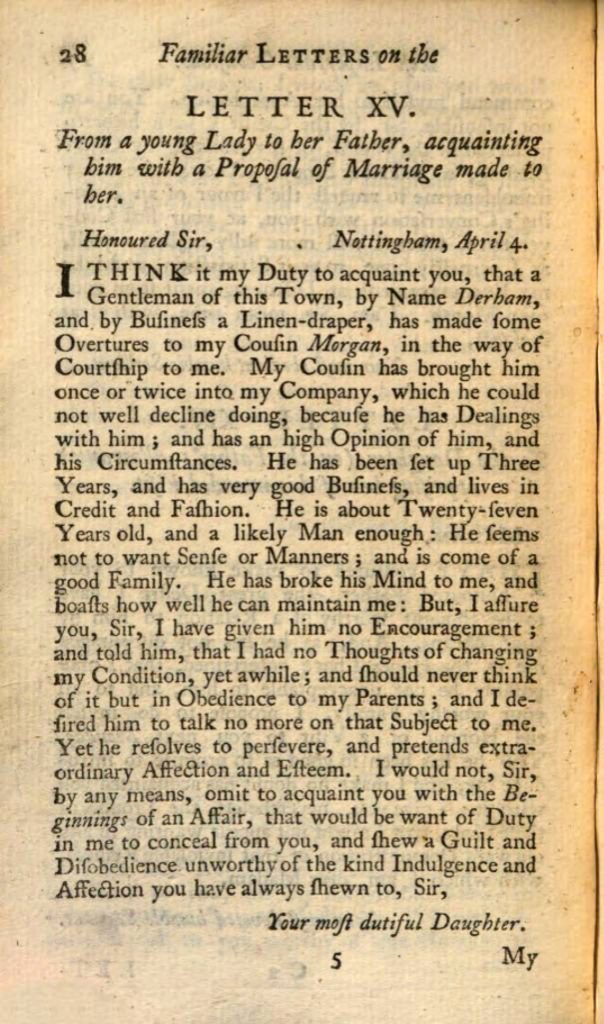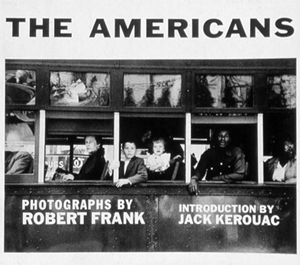For a couple of reasons Alex Abramovich’s piece entitled “Even When It’s a Big Fat Lie” (limited access so the link is a bit dicey) in the London Review of Books particularly interested me. Firstly, it is a review of Ken Burns’s eight part PBS documentary “Country Music”, and I had read a flattering piece in The New York Times a couple of months ago, and that Abramovich’s is not; secondly, I saw a grainy rerun of Burns’s lauded by some, and lambasted by others, 1990 series, The Civil War, not so long ago – and thought it a very mediocre work – whereby, I mean in terms of the structure and film-making aesthetic (though to be fair it is thirty years old); the historical shortcomings and omissions, as Abramovich mentions, were debated at the time by those qualified to do so, and the criticism has not abated over the years. (I should say just about everything I know about the Civil War comes from Eric Foner, and he was one of the fiercest critics at the time.)
And it is in terms of Ken Burns’s prior work, that Abramovich launches into his criticism of “Country Music”, because, whether one agreed with their perspective or not, a range of historians did contribute to “The Civil War”, whereas in Burns’s succeeding documentaries the input from historians has dramatically declined over the years, to the point whereby “Country Music” has only one, Bill Malone, and it his interpretation alone that frames Burns’s work. And, one should say, even there it seems Malone had more to offer but could only give that which fulfilled Burns’s vision.
What Alex Abramovich bemoans the most, are the half-stories and half-truths that will never add to a whole. Instead, one is left with a blurred vision of a music genre that has never reconciled its shared roots in the poor white and Black South, and instead rejoices in an (often false) nostalgia. Following is an accompanying conversation with Abramovich, that explores, beyond his written LRB piece and the specifics relating to Burns’s documentary, the wider history of segregation in vernacular music and the defining role played by the recording industry.
Finally, this is not the same thing, but related, I think, in that it is illustrative of how music and recordings track the extreme social shifts of an era, particularly in respect to the African American experience, through the twentieth century and into the present. Recently, I read an extraordinarily interesting article, again in the NYT, that examines music – American folk music this time – beyond a matter of categorisation that tends to segregation and exposes instead blatant racism and hate, and considers the ensuing dilemma of how to deal with historical works, once popular and now despicable.
continue reading…

